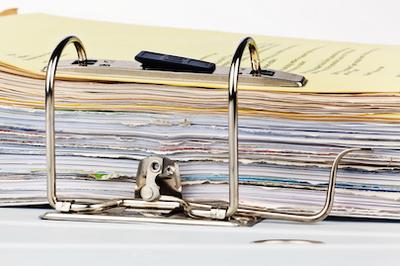Waste regulation in Denmark

In the following years, the Danish Ministry of the Environment worked towards increasing recycling and reducing resource consumption. In 1978, this work resulted in the world’s first law on recycling stating that at least 50 % of all paper and beverage packaging should be recycled. In 1990, the law on recycling was amended to the effect that local authorities were obliged to organise separate collection of paper and glass in all areas with the exception of sparsely populated areas.
The role of the municipalities
During the 1980s, waste in general was still regulated through various legal acts and circulars, but in 1989 an actual Statuary Order on Waste was implemented in Danish law. This Order first of all established the Ministry of the Environment and the local authorities as the competent authorities regarding waste. More specifically, this order formalised the fact that the local authorities were the main competent authorities regarding waste management. This means that the local authorities are more or less free to decide on how to collect and manage waste locally, as long as they comply with national targets and objectives.
In 1993, the Statuary Order on Waste was revised and extended. This revision introduced a number of municipal obligations in terms of planning as well as data collection and supervision. The first set of municipal waste plans was to be presented January 1, 1996. The Statuary Order on Waste was most recently amended in 2012.
According to Danish law, local authorities have the right to decide on the collection system, but they also have the obligation to secure the necessary treatment capacities for collected household waste. Local authorities are currently responsible for collecting all household waste as well as all commercial waste for incineration and landfilling. Commercial waste for recycling is collected and treated on general market conditions. Local authorities are mainly organised in intermunicipal companies that own incineration plants, landfills etc.. Recycling capacity is in many cases secured by agreements with private recycling companies or via intermunicipal companies.
Regulating and incentivising according to the waste hierarchy
In Denmark a number of economic and political instruments have been introduced in order to regulate waste management in a way that it moves upwards in the waste hierarchy. The first aim was to divert waste from landfills towards incineration, in order to protect the groundwater as well as contribute to the generation of district heating and, later, electricity. In 1987, therefore, a landfill tax was introduced. In 1997 this tax was supplemented by a ban on the landfill of all waste suitable for recycling or incineration. The landfill tax and the landfill ban are seen as two of the main drivers for the way which waste is treated in Denmark. Today, Denmark has one of the lowest landfill rates in Europe.











